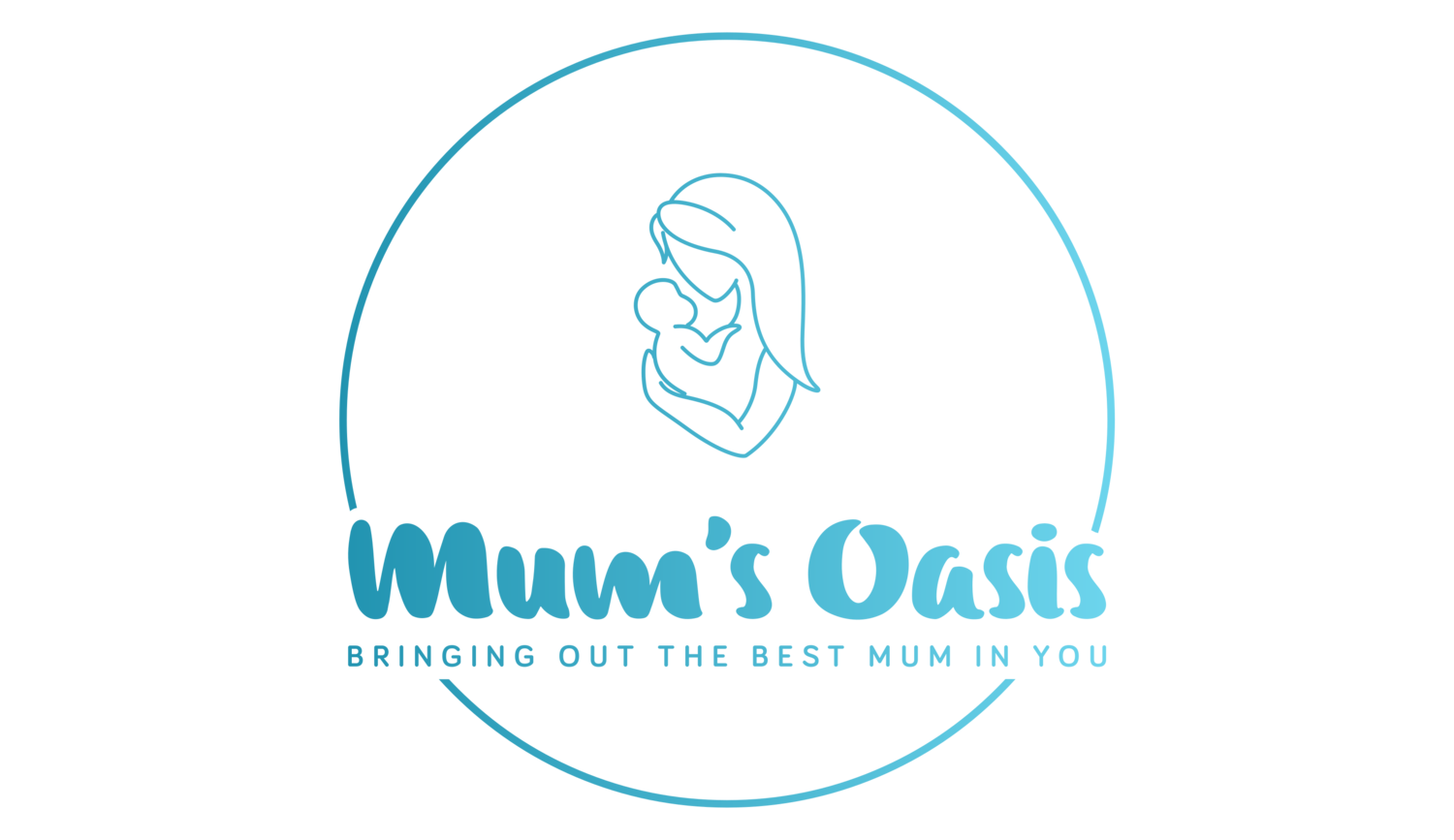Matrescence - Origin and Meaning
“Matrescence”
A term coined by the anthropologist Dana Raphael in the 1970s to describe the period of transition that a woman undergoes when she becomes a mother.
Raphael chose a word that would "emphasise(s) the mother and focus on her new lifestyle" (p19)
She found that "becoming a mother, with a whole shift of activity and a new way of life, is often underemphasised." (p19)
We focus a lot on pregnancy and birth and once the baby is born our focus is on the baby. There is little attention and care for the new mother in our western culture.
This is very different to many other societies. Raphael researched over 250 cultures and discovered that these cultures have special rites, rules and restrictions for the new mum for a specific period after she had given birth to acknowledge this special time in her life and to care for her.
The word matrescence might be relatively new but the traditions around it have been there for centuries.
The details may vary from culture to culture but the concepts are similar: to ease the new mum into her new motherhood role.
When does a woman become a mother?
Once she is pregnant? When she is in her second trimester? When her baby is born? Or when her newborn becomes a toddler? In some cultures, a woman only becomes a mother when she bore a son or a girl in others.
Generally speaking, our society considers a woman to be a mother once she gave birth to her baby. As soon as she leaves the hospital after a few days she is expected to know it all and can do it all.
This happens sooner than in many other cultures and "long before most mothers are ready for it. Many other cultures ease the mother into her new role in significant ways." (p22)
This often starts by 'restricting' her to rest and care for her baby. This also means that the new mum needs support around her to help with the household, prepare meals and support with breastfeeding and newborn care through practical teaching and experience.
The Doula
Dana Raphael observed that "the most common pattern is for females to care for other females..." (p23). And the postpartum period is no different. A woman "goes into the home to assist a newly delivered mother by cooking for her, helping with the other children, holding the baby, and so forth."
Raphael adopted a word to describe the woman who performs this role -the doula.
According to her observations, the function of a doula varies in different cultures but what the doula does is actually "less important than the fact that she is there. Her very presence gives the mother a better chance of remaining calm and nursing her baby...Her care and handling could save the day. Her presence could save the mother's milk." (p24)
How long does matrescence last?
Postpartum around the world varies from as short as one week to as much as two years. Raphael concludes that when "we no longer see the doula, we can be fairly sure that the women's initiation into motherhood is complete." (p25)
Since Dana Raphael pioneered the concept of matrescence in the early 1970s, more research has been undertaken to understand what that means for us, in western society. One of those researchers is Aurélie Athan, Ph.D who says that “the exact length of matrescence is individual, recurs with each child, and may arguably last a lifetime!”
I will talk more about what matrescence means for the individual mum in my next blog post.
But for now, I would like to end this post with Raphael’s own words:
“Matrescence is a time of coddling. It is a period in life when most of the disturbance and pressure on the new mother should be avoided...Insulation gives the mother the peace of mind and the relaxation she needs to care for and breastfeed her infant.
That's what most mothers around the world can expect. That's the ideal set up." (p25)
Let’s aim for this ideal set up for the new mums in our world.
Source:
Raphael, Dana. “The Tender Gift: Breastfeeding”. Schocken Books, 1976.


